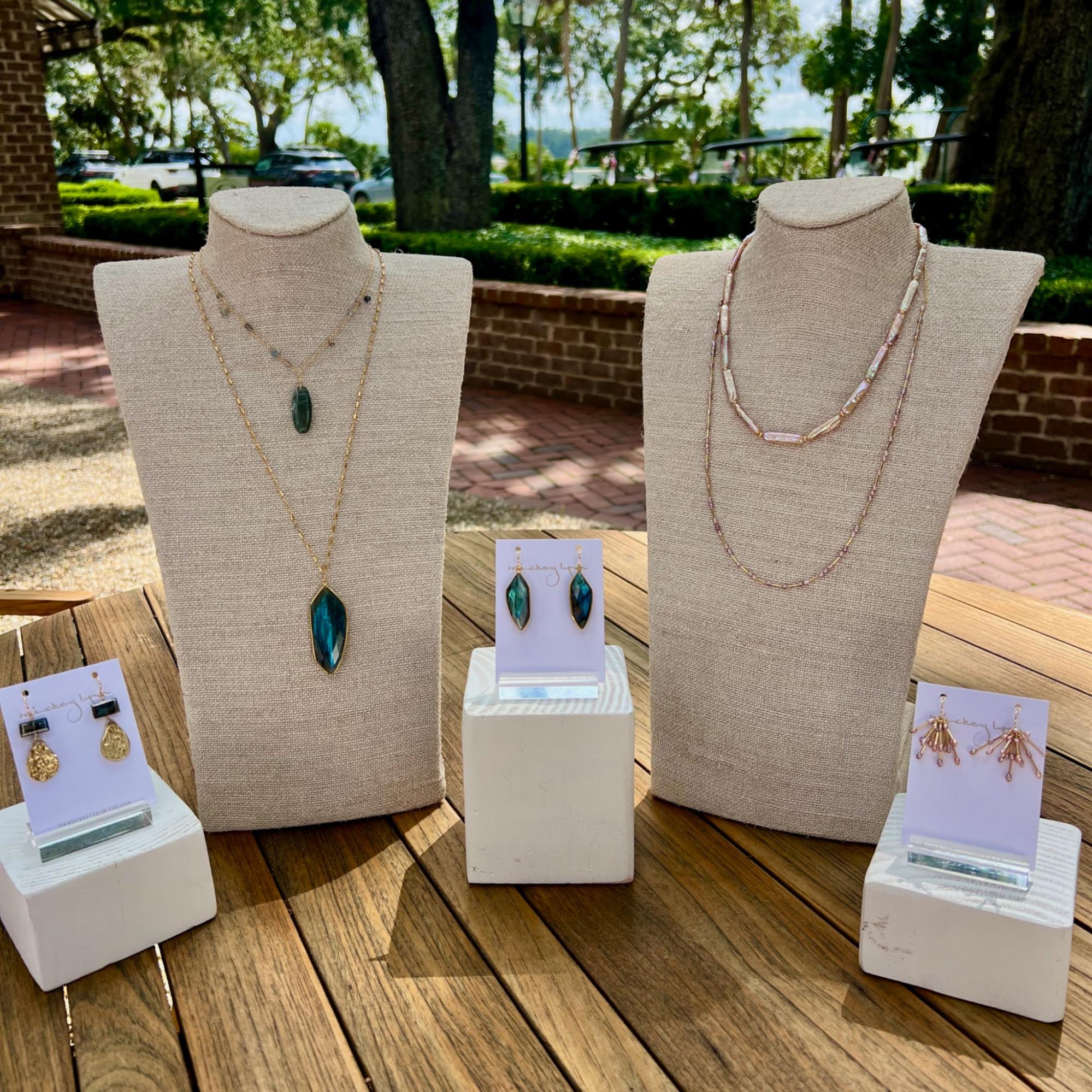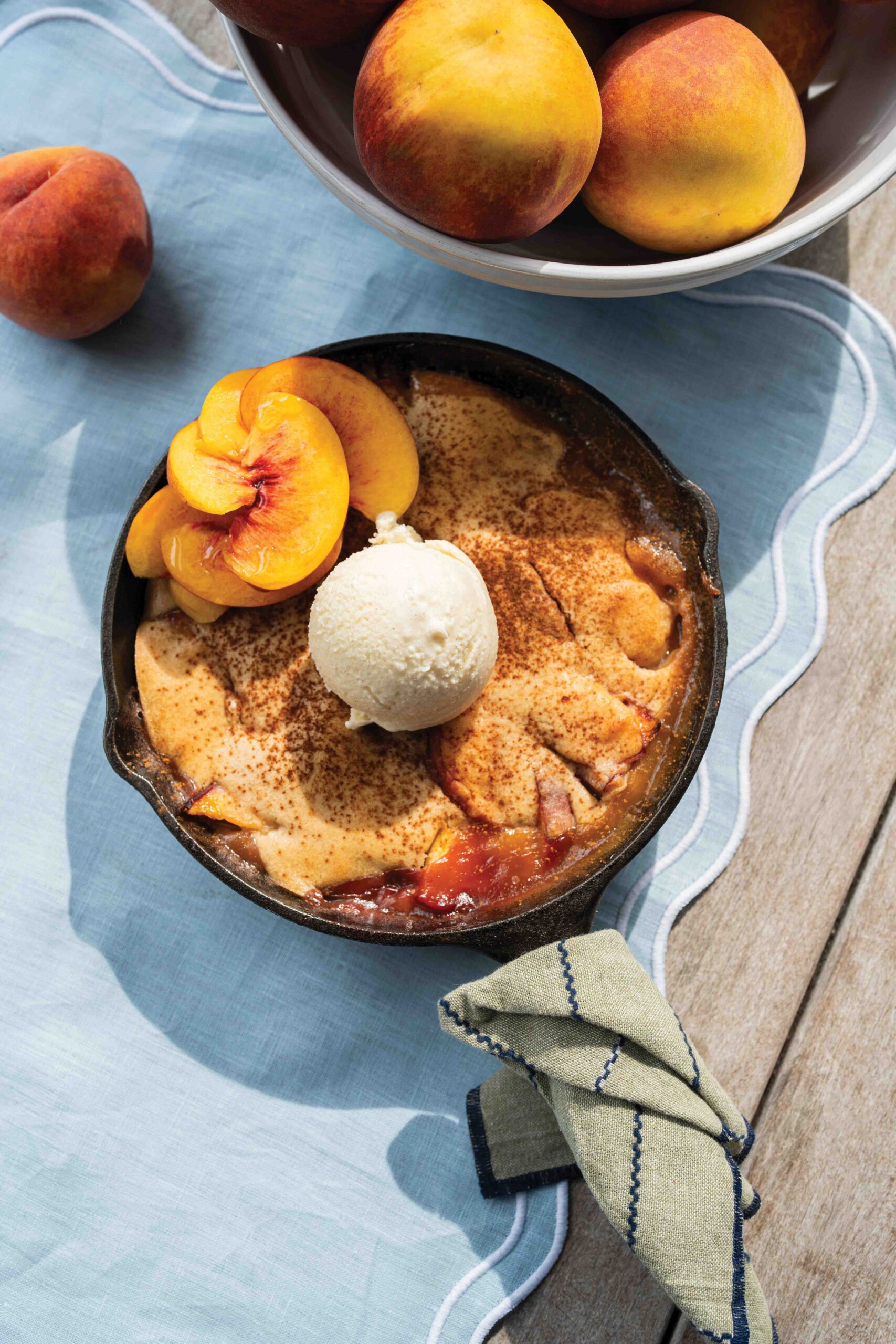Palmetto Bluff Real Estate Company Sales Office
Office Hours
Monday-Friday 9am - 5pm
Saturday 9am - 4pm
Sunday 12 - 4pm
Saturday 9am - 4pm
Sunday 12 - 4pm
Written by Lydia Moore, Palmetto Bluff Conservancy Research + Education Coordinator
The word “bat” often evokes horrific (and, in my opinion, over the top) images of Nosferatu and Dracula, sucking the lives out of innocent victims. We as a species have a tumultuous relationship with bats; some cultures fear them and others revere them.
When we discuss wildlife in the United States, bats are largely ignored until there is some sort of local or global health crisis. Rabies, Ebola, and coronaviruses can all be linked to bats, which become easy scapegoats since our culture fosters a negative stereotype of these elusive mammals. Everything about them seems “creepy” to us. The only parts of their vocalizations that are in the range of our hearing sound like clicks. They fly erratically, which is a jarring juxtaposition to the smooth flight of birds. They live in the sky at night – two realms that are completely foreign to us. We are not exposed to them and our lack of exposure make them appear abnormal and scary. In fact, bats have been used as the inspiration behind monsters in horror films.
Unsurprisingly, this fear is unwarranted. Let’s bust four common myths about bats.
All bats are vampires. Of the roughly 1,400 species of bat found worldwide, only three drink blood. The rest eat insects, fruit, nectar, fish, frogs, salamanders, rodents, birds, and even other bats! The only bats that drink blood are vampire bats (yes, vampire bats DO exist – and they look really cool). Of the three species of vampire bat – all of which are found in Central and South America, only one specializes in drinking the blood of mammals.
Vampire bats are SO unique! They have the ability to fly directly from the ground and to run, which most bats cannot do. Like all colonially roosting species, vampire bats are social. Unlike other bats, there are many studies of their altruistic behavior toward other vampire bats. A bat can easily starve if it comes back to the roost without securing a blood meal. If this happens, another bat in the colony will regurgitate part of its own meal to the hungry bat, allowing that bat to continue living while reducing its own probability of survival. Incredible!

All bats have rabies. While rabies is a seriously fatal virus, less than 1% of bats actually have it. Even so, 70% of rabies-related human deaths in the US can be traced to bats. What is the cause of this discrepancy? One factor could be that it is impossible to tell if a bat has rabies by observing its behavior. Unlike many other mammals, most rabid bats become lethargic instead of hostile and violent. When we see a bat on the ground, it may seem calm and unassuming, but it might not be doing very well. In fact, we rarely come into contact with healthy bats (they fly at night, remember?). Usually, the bat we encounter is a bat on the ground. Bats are vulnerable when they are on the ground and, even though there are benign reasons for it ending up in that predicament, assume that this bat is sick and too weak to fly. Check out this site to learn what to do if you find a grounded bat.

Bats are blind. Many people think bats are blind because most of them have itty bitty eyes and echolocate. But a bat’s eyes are adapted to being able to see in low light conditions. This means that bats have two modes of navigation – echolocation and vision – which they use under different circumstances. Echolocation is used for short-range navigation, keeping them from flying into trees and helping them find food. And vision? Vision is used for long-distance navigation, like following the edge of a forest, river corridor, or canyon rim. Bats can even see light in the ultraviolet spectrum – colors that we cannot see!

Bats get caught in your hair. This one made me literally laugh out loud when I first heard it. I was informed once that bats attack and get caught in human hair. For a bat to become stuck in your coiffure would mean they were oblivious to your presence. These incredible mammals can find and catch insects that are smaller than half an inch in length. Of course they can detect your presence!
Bats swoop and dive when foraging for insects. It looks like they are intentionally coming towards us when they do this – and they are! Just not for the reason you might think. Bats in South Carolina eat insects. Some insects that feed on us – like mosquitos – are attracted to carbon dioxide. We emit carbon dioxide every time we exhale, so to a mosquito carbon dioxide means food is nearby. Essentially, our emitted carbon dioxide attracts mosquitos and the mosquitos, in turn, attract bats. Those bats swooping down towards you? That’s a GOOD thing!
Let’s change our myths about bats from negative to positive. Stay tuned for next month’s post: Bats Schmats! Why should we care about bats?

Palmetto Bluff’s Moreland Village feels a world away from the more traditional architecture of the iconi...

We are thrilled to introduce the inaugural winners of the Inspiring the Arts Scholarship—three extraordinary young women pursuing their artistic dreams through higher education! Katherine Donahue has been named our first official scholarship recipient, wit...

From handmade jewelry to performance wear, the latest arrivals at Palmetto Bluff’s retail spots capture the season in true Lowcountry style. This summer, the Bluff’s shops are full of fresh finds, carefully chosen by our trusted retailers—including FLOW Galler...

Citizen Science is Thriving at Palmetto BluffDid you know that residents of Palmetto Bluff are playing a vital role in national and global conservation efforts—all from their backyard?Through the Palmetto Bluff Conservancy’s growing Citizen Science programs, c...

In October 2024, Grammy Award-winning musician Clay Ross visited Palmetto Bluff as part of The Arts Initiative's Artist in Residence Program. Through storytelling and song, he explores identity, heritage, and the universal language of sound. By Barry Kaufman ...

Palmetto Bluff Club Executive Chef Beth Cosgrove and Director of Culinary, Chef Rhy Waddington, Cook Up Four Peachy Recipes for a Summer in the South. Is there anything more iconic than a southern peach? A symbol of summer and Southern heritage, the peach car...

Following the tides and angling for redfish in Lowcountry creeks and estuaries with Captains Brian Vaughn and Will Stephens Story by Sandy Lang It is a sunny morning in October and the water is calm and glassy. The silence is punctuated by a gush of breath f...

7 Ways To Upkeep Your Palmetto Bluff Home As spring arrives in the Lowcountry, the change in season brings more than blooming marshlands and sun-drenched afternoons; it’s also a perfect time to refresh and care for your Palmetto Bluff home. Coastal living mea...

When the land speaks, you listen. And at Palmetto Bluff, it spoke to two of golf’s most legendary course designers—Bill Coore and Ben Crenshaw. We invite you to watch our newest video, shot this past winter and featuring Bill and Ben, along with South Street P...

5 Renovations to Increase the Value of Your Lowcountry Home Whether Palmetto Bluff is your full-time residence or a cherished retreat, deciding to sell is never a quick or casual choice. However, when the time does come, you want your home to be as market-rea...
Learn about the Palmetto Bluff Conservancy and how we keep the vision of our land in place.
On land or water, there is an ever-evolving variety of activities.
We do not attempt to independently verify the currency, completeness, accuracy or authenticity of the data contained herein. All area measurements and calculations are approximate and should be independently verified. Data may be subject to transcription and transmission errors. Accordingly, the data is provided on an “as is” “as available” basis only and may not reflect all real estate activity in the market”. © [2023] REsides, Inc. All rights reserved. Certain information contained herein is derived from information, which is the licensed property of, and copyrighted by, REsides, Inc.